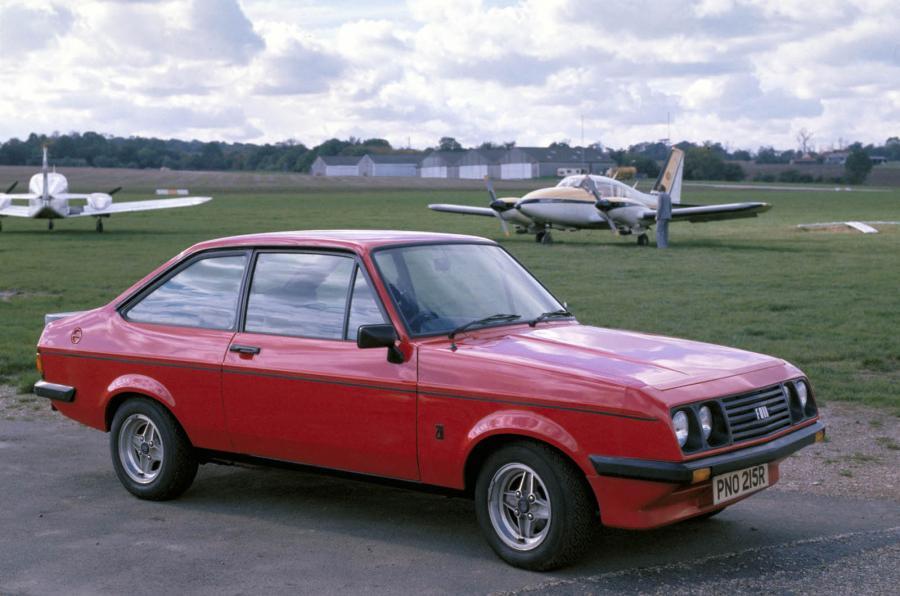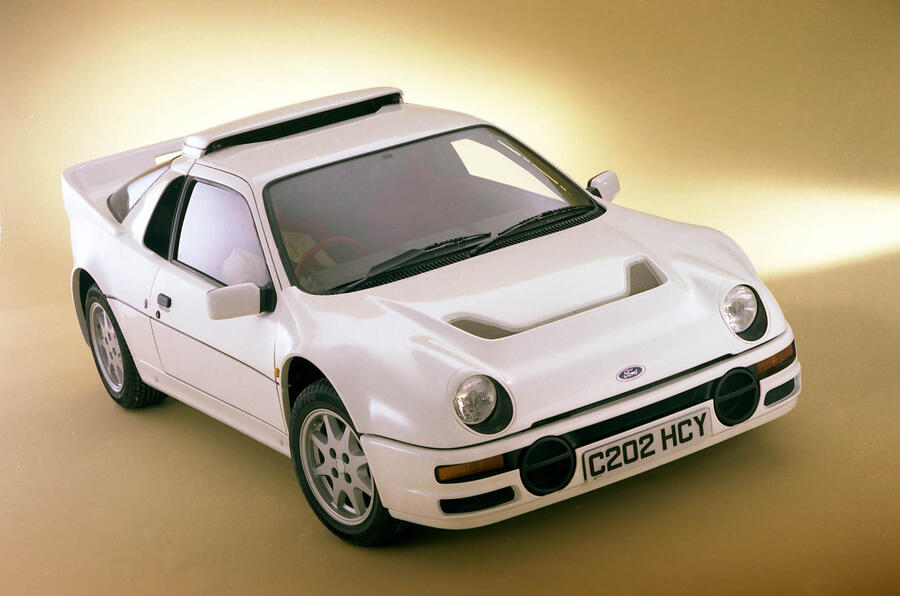2016 Focus Rs Pictures
It didn't take long for the team to settle in. With the paint barely dry on their new office, they released the Escort RS1600 in January 1970.
The 1.6-litre BDA engine it used was effectively a Formula 2 unit, and featured belt-driven twin-overhead cams, plus 16-valves to deliver its 120bhp. RS1600s were sold through a newly established Rallye Sport dealer network.
Used car buying guide: Focus RS
In the same year a development of the RS1600, now fitted with a pushrod head and a larger 1.8-litre block, won the gruelling 16,000-mile London to Mexico World Cup Rally. To celebrate its triumph, Ford created the Escort Mexico, which itself went on to much rallying success.
Within four years, Escort RS models, including the RS2000, as well as the mighty V6-powered RS2600 and RS3100 Capris, had racked up wins including three RAC rallies and three European Touring Car titles.
The mid-1970s

By 1975, the Mk2 Escort had arrived and with it came a new RS1800, still using a version of the original BDA engine. It went on to become Ford's most successful rally car, and won the drivers' and constructors' World Rally Championship in 1979.
A new Pinto-engined single-overhead-cam RS2000 appeared a year later. This was given a distinctive aerodynamic 'droop snoot' nose and quad-headlamps. Along with a small rear spoiler, this was said to reduce overall drag by 16%. RS dealers also offered an X-Pack version with 146bhp and wheel arch extensions. Its various competition successes helped make the RS2000 the best-selling RS model of all time.
The 1980s

For the 1980s, it was all change when the Mk3 Escort arrived. Fans of the breed made disgruntled noises about the move to front-wheel drive, but Ford soon followed up with the RS1600i - 'i' stood for injection.
The 1.6-litre CVH engine also had twin-ignition coils and a high-lift cam, which helped Group A racing versions rev to well beyond 6500rpm and produce over 160bhp. Only 5000 were originally planned, but demand was such that Ford had made nearly 9000 when production finished in 1984.
Along with fuel-injection, the RS1600i was the first Escort to feature a five-speed gearbox. Road-going versions were plush for the day too, with Recaro seats, electric windows, central locking and tinted glass available.
There was more to come, though, with the launch of the Escort RS Turbo in 1984. The turbo released 132bhp from the road-going version, and to help control the power it was equipped with a viscous-coupling limited-slip differential.
Both the RS1600i and Turbo became successful touring car racers, but for rallying it was clear that to compete in with the ballistic Group B cars something more extreme was needed.
The solution was to go bespoke and create the most expensive Rallye Sport model to date. The RS200 was a two-seat, mid-engined, four-wheel-drive special, complete with a part-carbonfibre chassis. To satisfy homologation requirements 200 road cars had to be built, each fitted with a 250bhp Cosworth-developed, four-cylinder, turbocharged engine.For rallying this was cranked up to an astonishing 650bhp.
Before the RS200 had hit its stride in competition, however, Group B cars were banned from rallying on safety grounds.
Used car buying guide - Ford Capri Mk3
A version of the RS200's engine also found a home in the Sierra, and one the most famous of all Rallye Sport's creations was born: the Sierra RS Cosworth. Capable of 150mph, at its press launch two motoring journalists who were testing one on an autobahn talked of keeping up with a Boeing jet which was on its approach to a runway that ran alongside the road.
In 1987, to improve the 'Cossie's' Group A racing potential, Ford asked Tickford to create 500 modified homologation-specials. The car became known as the Cosworth RS500. Upgrades included twin-injectors, a larger Garrett turbocharger fed by a bigger intercooler and an improved aero-package. In race trim it could pump out 500bhp and was so dominant the regulations had to be changed to disadvantage it.
The Sierra Cosworth became the Sapphire Cosworth saloon in 1988. Two years later four-wheel drive was added.
A shortened version of its chassis was used to underpin the Escort's rally revival, with the sweet-handling Mk5 Escort RS Cosworth taking wins which included the 1994 Monte Carlo Rally.
The 1990s to the present day
In the early 1990s the Escort RS2000 and Fiesta RS1800 brought back the famous names of the past but, along with the short-lived Fiesta RS Turbo, didn't quite live up to expectations.
Ford took big steps to improve its product range at the end of the millennium, and the superb Mk1 Focus was the result. It gained unique bodywork, carbonfibre additions inside the cabin, a limited-slip differential and a tasty turbocharged engine, with 4501 built over its lifetime. Five-years after the last RS model, the 2002 Focus RS was a car fit for the badge.
That's a trend that continued: the mk2 301bhp Focus RS of 2009 was awarded five stars in the Autocar road test. "The way the RS puts its grunt down is truly incredible, but beyond that it's also a lovely car to hussle along a good road. The steering is just delicious in the way it telegraphs so clearly what's happening beneath the fat Continental front tyres. Yet it's what happens at the other end of the car that provides you with the biggest confidence booster. The way in which the car neither under nor oversteers, but just hangs on is, well, breathtaking," we commented.
Source: https://www.autocar.co.uk/car-news/new-cars/history-ford-rs-pictures
 Reviewed by Admin
on
Desember 03, 2021
Rating:
Reviewed by Admin
on
Desember 03, 2021
Rating:

Tidak ada komentar: